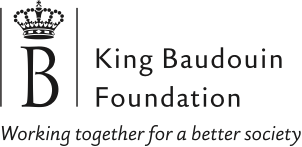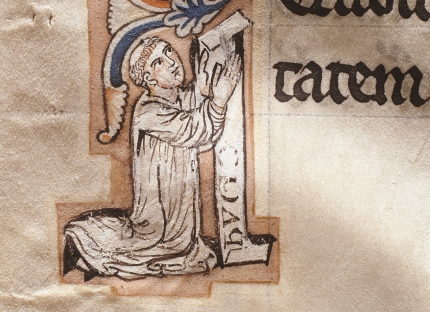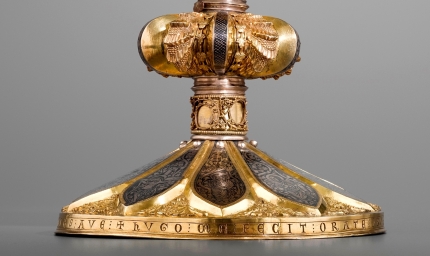Hugo d’Oignies: the artist
The Treasure of Oignies would never have seen the light of day without the implication of a veritable master of silverwork, Brother Hugo. This young monk, living in Oignies and the youngest brother of the priory founders, was blessed with a talent that would make his work an ensemble of exceptional beauty.
Thanks to studying his work, we can put forward a number of elements without fear of being wrong: Brother Hugo was educated, knew how to read and write, as well no doubt as taking advantage of the teaching available from various masters in crafts such as silverwork. He probably followed an apprenticeship in one of the workshops that were to be found at the time along the River Meuse, in Namur or Liege.
Brother Hugo founded his own workshop in Oignies and excelled in creating works in the Mosan style that had spread out along the valley of the River Meuse, from Maastricht to Verdun, since the 10th century. The first pieces of the Treasure of Oignies made by Hugo, thanks to dispatches sent by Jacques de Vitry, date from 1227-1228. We can see quite clearly in Hugo’s work the growing influence of a new art form, the Gothic, of which he no doubt became aware of during a spell in Cambrai. Through Hugo’s work, we can identify him as one of the artists that represent the turning point from one period to another. His last work dates from c.1238. After Hugo’s death – the exact date of which is unknown – his workshop continued the work of enriching the Treasure of Oignies.
Hugo d'Oignies, Evangeliary bookbinding plates, post 1228- c. 1230.
Brother Hugo left two self-portraits for posterity, one of which is this one, inside the Book of the Holy Scriptures of the Priory of Oignies.
Hugo d'Oignies, Chalice, said to have belonged to Gilles de Walcourt, 1228.
On the nielloed motifs on the foot of this chalice, Brother Hugo indicated that it was indeed he who created it.




